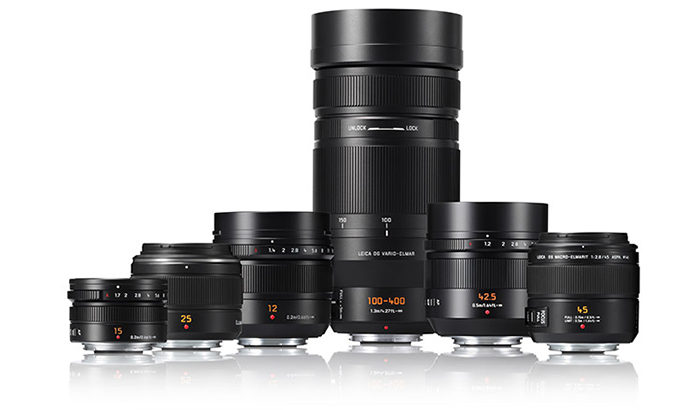

These lenses are the unique and collectible “radioactive Summicrons” of lore and legend that tend to acquire a yellowish-brownish cast over time that can be eliminated by extended exposure to UV (that is, sunlight.) According to those who’ve shot with a wider variety of 50mm f/2 Summicrons than I, the earliest Summicrons and the very rare Star Summitar are quite good but not stupendous in terms of image quality. of West Smethwick, England! For the record, thorium (aka Torio) glass was used for elements 1, 3, 6, and 7. The interim solution: the very first batch of “stealth” 50mm f/2 Leitz Summicrons, identifiable by having a star (asterisk) engraved after the word Summitar on their identification rings, and early examples of the correctly labeled collapsible Summicron dating from late 1951 to 1952, used thorium glass supplied by Chance Brothers & Co, Ltd. But LaK9 glass wasn’t available until late 1952, and even then only in limited quantities. The eventual plan was to use a special Krown Lanthanum glass (later licensed to Schott Glass Works as LaK9) that was formulated by Broemer and Meinart in Wetzlar’s renowned glass division. Both materials emit radiation that can be measured with a Geiger counter, but thorium is significantly more radioactive than lanthanum because a much larger percentage of it consists of an unstable isotope. To create what became the Summicron, a 7-element, a 4-group masterpiece with elements having shallower curves than those in the Summitar, they needed to use glass that provided a very high refractive index (light-bending power), along with very low dispersion (the differences in light-bending angles for various wavelengths of light.) The classic measure of the optical dispersion of a glass is its Abbe number the higher the number, the narrower the dispersion spectrum, and the easier it is to control chromatic aberrations, etc.Īt the time, the only way to achieve glass that provided a very high refractive index and a high Abbe number was to incorporate a “rare earth,” thorium oxide or lanthanum oxide, into the glass itself. Leitz Wetzlar and close associates of Berek, who passed away in October 1949. The assignment fell to Gustav Kleinberg and Otto Zimmermann, two of the most brilliant optical designers at E. By that time, they were diligently working on a stunning new Leica camera that was to become the landmark Leica M3 of 1954, and their goal was to grace it with the finest, most advanced 50mm f/2 lens the world had ever seen. Yes, they were (and still are!) literally radioactive, but they incorporated elements made of thorium and lanthanum glass because of their unique optical propertiesīy the late 1940s, the management at Leica knew they needed to come up with a superlative successor to the well-respected 50mm f/2 Summitar that had been designed by the legendary Max Berek in 1937 and had been in production since 1939.


 0 kommentar(er)
0 kommentar(er)
